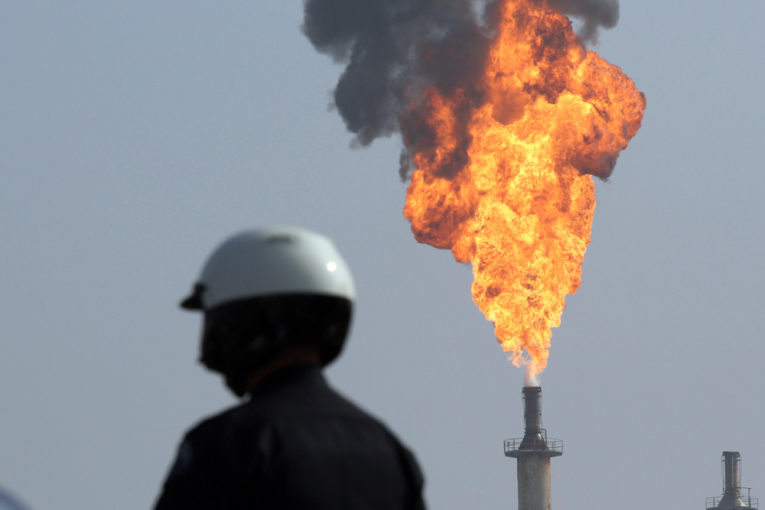
Oil’s revival from the biggest crash in a generation persisted, with prices set for a second annual gain after a year marked by hurricanes, Middle East conflict and the tussle between OPEC and U.S. shale.
Futures are up more than 11 per cent in 2017, having entered a bull market in September. The year’s gains were driven by output cuts by the Organization of Petroleum Exporting Countries and Russia, along with geopolitical tensions in the Middle East and pipeline disruptions from the North Sea to Canada and Libya. In 2018, investors will watch whether the price recovery triggers a new flood of U.S. output.
“The current highs are unsustainable in the short-to-medium term, with prices likely to head back below US$60 once we get past January, but for now the season of goodwill appears to be in full swing,” said analysts led by Michael dei-Michei at consultants JBC Energy GmbH in Vienna.
Speculation is rising that American drillers will put more rigs to work as oil strengthens, with shale growth driving forecasts of record U.S. supply in 2018. That could undermine plans by producers including Saudi Arabia, who have pledged to extend production curbs through the end of 2018 to wipe out a global glut. After Hurricane Harvey shut Gulf Coast refiners at the end of August and hurt prices, violence in Iraq and a pipe crack in the U.K. have helped buoy crude.
West Texas Intermediate for February delivery was at US$60.09 a barrel on the New York Mercantile Exchange, up 25 cents, at 9:58 a.m. in London. Total volume traded was about 8 per cent above the 100-day average. Front-month prices are 12 per cent higher this year, after rising 45 per cent — the most since 2009 — in 2016.
Brent for March settlement rose 22 cents to US$66.38 a barrel on the London-based ICE Futures Europe exchange. The February contract expired Thursday, after rising 28 cents to US$66.72. The benchmark for more than half the world’s oil has gained 17 per cent this year, after climbing 52 per cent in 2016. It was at a premium of US$6.27 to March WTI.
Oil is trading at the highest level since mid-2015 after WTI broke above US$60 a barrel for the first time in more than two years. The benchmark traded at an average price of about US$51 this year. U.S. stockpiles fell 4.6 million barrels last week to the lowest level since October 2015, according to the Energy Information Administration Thursday. That beat the 3.75 million average estimate in a Bloomberg survey of analysts.
“The tug-of-war between OPEC and the U.S. will continue to pressure oil from trading above US$60 a barrel in 2018,” said Kim Kwangrae, a Seoul-based commodities analyst at Samsung Futures Inc. “Like we’ve seen this year, geopolitical risks will be the key factor going forward for oil to breach US$60.”
Following an explosion on Tuesday, Waha Oil Co. is working to repair the pipeline that carries crude to Libya’s Es Sider port, the North African nation’s biggest export terminal, while a major U.K. North Sea pipeline is nearing a return to full service after an outage this month.
Oil-market news:
The U.S. National Weather Service is warning that “dangerously cold” temperatures and strong winds will continue to chill the Northern and Central Plains, Great Lakes and Northeast into the weekend, supporting demand for heating fuels. Jobs are returning to the shale patch, albeit at a more subdued pace compared with the go-go days of 2014. The Trump administration is rolling back offshore drilling rules put in place after the 2010 Deepwater Horizon disaster killed 11 workers and spewed millions of barrels of oil into the Gulf of Mexico.
Bloomberg.com
You can read more of the news on source
